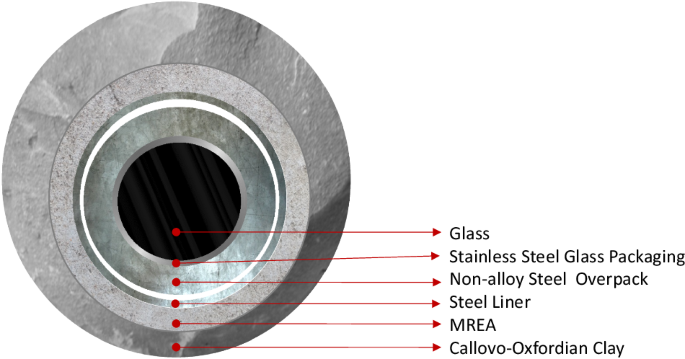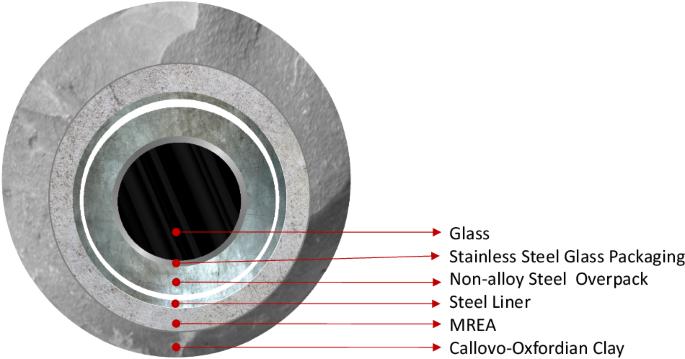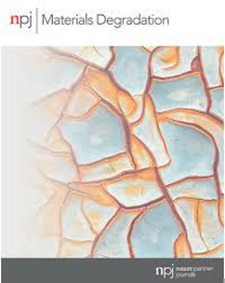Role of reactive transport in the alteration of vitrified waste packages: the MOS model
IF 7.6
2区 材料科学
Q1 MATERIALS SCIENCE, MULTIDISCIPLINARY
引用次数: 0
Abstract
The MOS model (acronym coming from the French MOdèle Simplifié) was born from the desire to have a simple tool that can quantify the contribution of the diffusive reactive environment to the alteration of a vitrified nuclear waste package in deep geological disposal conditions. In the model, this environmental contribution consists partly of the ability of iron, metallic casing corrosion products, and argillite to consume silicon, and partly of the brake on diffusive transport provided by silicon through the successive layers of environmental material. It is a modeling tool serving as an intermediary between operational modeling for the calculation of the source term from the glass, mathematically more simple and giving higher upper margins, and models that use geochemistry and transport, giving greater accuracy for the interactions between glass and its environment. The goal of the MOS model is to calculate the possible impact of silicon reactive diffusion on the alteration rate within the different layers of material surrounding nuclear glass. This article lists the simplifying hypotheses on which the MOS is based, presents the digital resolution method for an environment consisting of several successive layers with different reactivity and transport properties, and explains the model’s implementation.


反应迁移在玻璃化废物包改变中的作用:MOS 模型
MOS 模型(缩写来自法文 MOdèle Simplifié)的诞生源于人们对一种简单工具的渴望,这种工具可以量化扩散反应环境对深地质处置条件下玻璃化核废料包的改变所起的作用。在该模型中,这种环境贡献部分包括铁、金属套管腐蚀产物和闪长岩消耗硅的能力,部分包括硅通过连续的环境材料层对扩散传输的抑制作用。它是一种建模工具,介于计算玻璃源项的操作建模和使用地球化学和迁移的模型之间,前者在数学上更简单,上限也更高,后者则能更精确地计算玻璃与其环境之间的相互作用。MOS 模型的目标是计算硅反应扩散对核玻璃周围不同物质层内的蚀变率可能产生的影响。本文列出了 MOS 所依据的简化假设,介绍了由具有不同反应性和传输特性的多个连续层组成的环境的数字解析方法,并解释了该模型的实施。
本文章由计算机程序翻译,如有差异,请以英文原文为准。
求助全文
约1分钟内获得全文
求助全文
来源期刊

npj Materials Degradation
MATERIALS SCIENCE, MULTIDISCIPLINARY-
CiteScore
7.80
自引率
7.80%
发文量
86
审稿时长
6 weeks
期刊介绍:
npj Materials Degradation considers basic and applied research that explores all aspects of the degradation of metallic and non-metallic materials. The journal broadly defines ‘materials degradation’ as a reduction in the ability of a material to perform its task in-service as a result of environmental exposure.
The journal covers a broad range of topics including but not limited to:
-Degradation of metals, glasses, minerals, polymers, ceramics, cements and composites in natural and engineered environments, as a result of various stimuli
-Computational and experimental studies of degradation mechanisms and kinetics
-Characterization of degradation by traditional and emerging techniques
-New approaches and technologies for enhancing resistance to degradation
-Inspection and monitoring techniques for materials in-service, such as sensing technologies
 求助内容:
求助内容: 应助结果提醒方式:
应助结果提醒方式:


